



KP Hosts Research Chef Association Workshop: Food Photography and Styling Tips
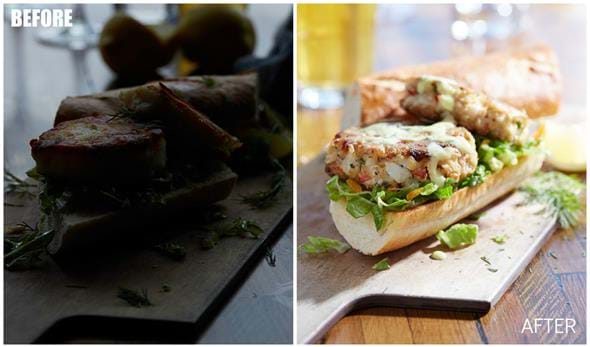

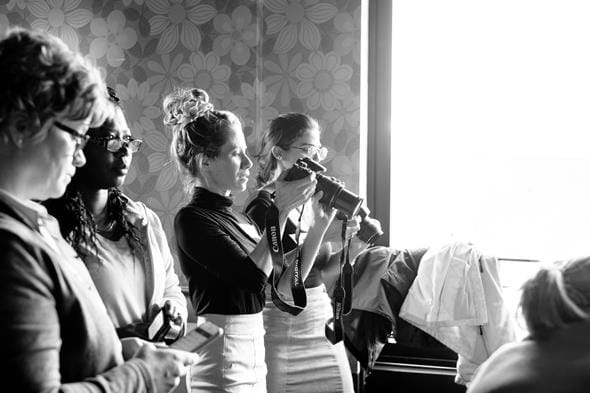
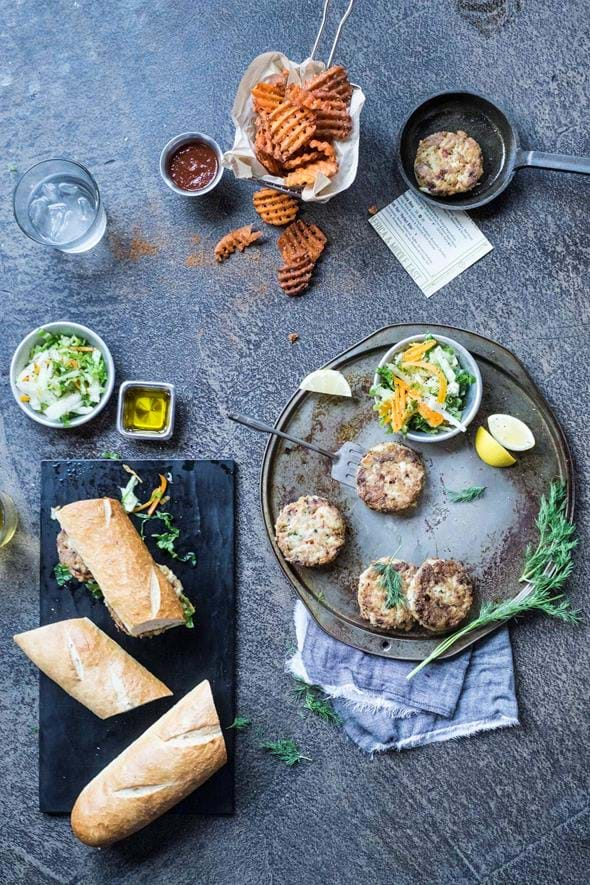
It’s not easy to condense decades of photography and food styling experience into a 4-hour workshop, but KP Photo Photographer, Clarissa Westmeyer, and Food Stylist, Betty Karslake, were up to the task as they led an interactive food photography workshop at the 2016 Research Chefs Association (RCA) Conference.
The workshop took place at Linger Restaurant in Denver, and had more than 20 attendees representing national food manufacturers, who learned best practices from lighting and composition to food styling techniques. Using the Capture Pilot app, attendees viewed each live shot (when they weren’t on set) to see the creative progression of each food image from start to mouthwatering finish.
Some key tips that were covered in the workshop included:
Consider the “Hero”: What do you ultimately want to convey with the shot? For the crab po’ boy sandwich (our commercial shot) we felt that the meat was the most important part of the sandwich — and what would “sell” the product to a would-be buyer or consumer.
Don’t Overthink the Setup: You don’t need a large shooting space or expensive props. The focus of an image is often on a very tight portion of the dish vs. the surrounding space. We sourced plates, weathered cookware and even a cloth “napkin” (a shirt that Clarissa tore into strips of fabric) from a local thrift store to create the aesthetic.
Harness Natural Light: Food is most complemented by back light or side light. Food is less than flattering with direct overhead light (especially fluorescent!). Available window light is almost always accessible, and cloudy days are a natural diffuser. Although we utilized a strobe and a tripod (to allow for a longer exposure), natural light was our main light source.
Utilize Everyday Items: Any surface can make a beautiful setting for a recipe dish. We loved the industrial and raw look of Linger Restaurant’s floor so much, we used it for our overhead editorial shot. We also used a roll of white paper towels to bounce the natural window light onto our food dish.
Even as teachers, we learned a lot from the group. Departments among many food manufacturers — beyond marketing — need high quality visual content to communicate with their audiences. If you’re not familiar with the simplicity and surprising complexity of the food photography craft, taking food imagery from good to great can be overwhelming.
We completed two images in a 4-hour window, with two professionals that have decades of combined professional experience. That time didn't include our prep leading up to the conference, or food prep and equipment set-up the day of the workshop.
We hope our workshop provided valuable tips, and also helped to illustrate the value of working with visual communication professionals. See more photos here.

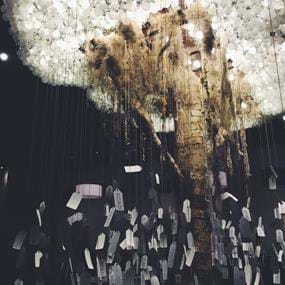 KP Team Travels to Savannah for SCAD Career Fair
KP Team Travels to Savannah for SCAD Career Fair
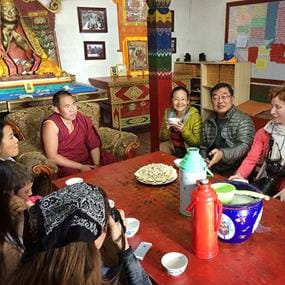 KP ART SHOW Artist Profile: Sarah Ralston
KP ART SHOW Artist Profile: Sarah Ralston